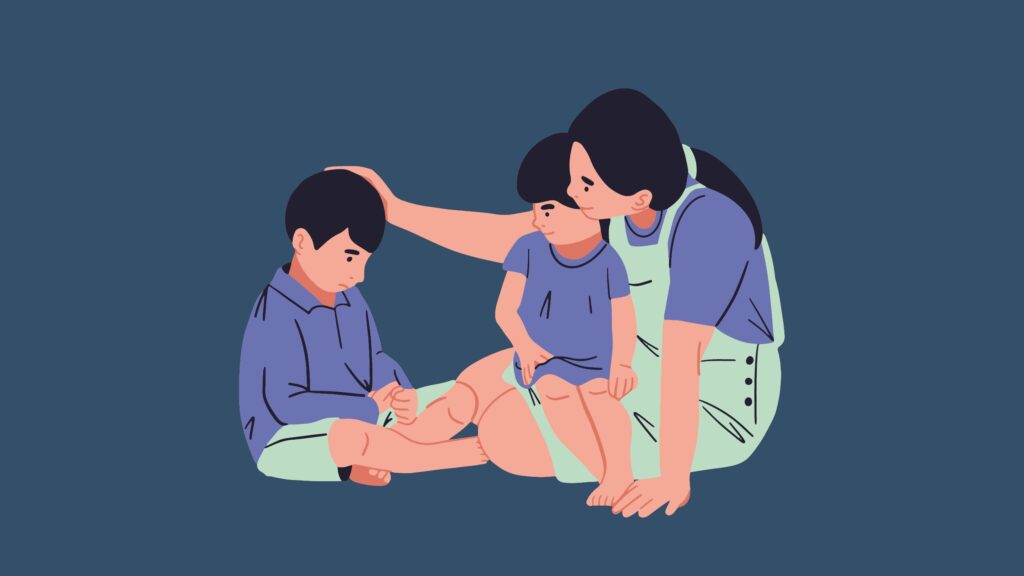With diverging minds that appear in a classroom, and the variety of learning techniques, it is hard to find solid teaching methods that can apply to all students.
There are various ways to learn such as visual, which is learning through images and models; auditory, which is through listening; read-write, which is learning through writing and reading words; and kinesthetic learning, which is learning through physical activity. While not all teaching methods fit into all of these categories, each of these groups can be a structure for future activities and used to ensure that every student is reaching a desired goal. Various teaching methods can use all of these methods in different activities so that every student is receiving a fair form of educational exercises.
IB physics teacher Mr. Miller’s goal is to make the students think about the task or the question at hand, and give them a problem that cannot be answered in a simple or easy manner.
“I like to have the students think. I think the students need to be confronted about what they think and maybe what’s actually right, in a fun and safe way. I like to have them do the thinking, but I like the majority of the class a lot of the time to be wrong, not with trick questions but with tricky questions,” Miller said.
Frau Langen, German and French language teacher of 18 years, tries to help students of all different learning styles to do well.
“Sometimes as a teacher you teach in way that appeals more to your learning style, so I try to go beyond how I learn best,” Langen said.
One of the issues Miller has found over his years of teaching is that students are not content with having a wrong answer and become discouraged or disconnected from the lesson.
“I think it works if you’re engaged. What I find when I teach IB is students that aren’t used to being wrong, so a lot of the time students get frustrated,” Miller said. “They’re wrong and they shut down. And I think in education that we have to try as a teacher to get that out of their head, because being wrong is the first step to learning. And so I try to make students get familiar with the feeling of not knowing. Because that’s what life’s all about, figuring out answers to questions we don’t know.”




